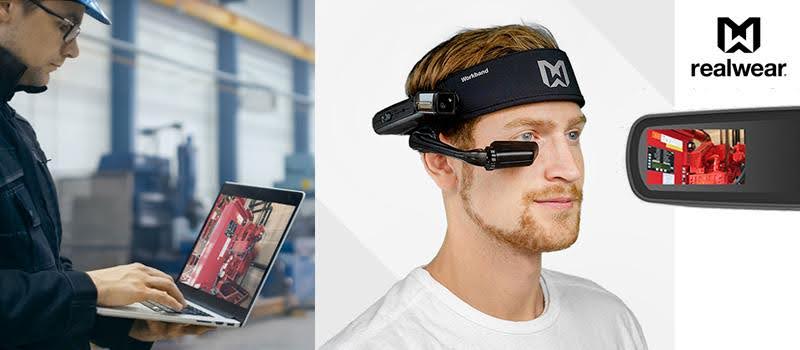The digital age has brought about a host of technological advancements that have transformed the way we work and communicate. One of the most significant developments in recent years is the use of wearable devices in the field of work. These devices have revolutionized the way field workers collaborate with experts, enabling real-time collaboration and remote inspections. In this article, we will explore the benefits of real-time collaboration using wearable devices, and how they can reduce third-party inspections and CO2 emissions.

Connecting field workers with anchored experts
Real-time collaboration using wearable devices allows field workers to connect with experts in anchored locations remotely. This technology enables over-the-shoulder coaching, which means experts can guide field workers in real time, ensuring that tasks are completed efficiently and correctly. This level of collaboration has a significant impact on the quality of work and reduces the need for on-site inspections, which in turn, reduces costs and CO2 emissions.
According to recent reports, the implementation of real-time collaboration using wearable devices can reduce third-party inspections by $20 million annually and reduce CO2 emissions by 500 million tons. These figures highlight the significant impact that this technology can have on the environment and businesses. In addition, wearable devices can streamline the supply chain and order fulfilment process by improving accuracy, efficiency, and communication, making it easier for end-users to effectively use these devices as part of their routine duties.

Performing the remote inspections with Voice commands
The benefits of real-time collaboration using wearable devices are clear. By allowing field workers to connect with anchored experts, we can improve the quality as they are hands-free and perform their tasks safely to increase productivity. However, there are still some challenges that need to be addressed to ensure that this technology can be widely adopted.
One of the biggest challenges is getting wearable devices into the hands of field workers. While there has been significant progress in this area, there are still many workers who do not have access to this technology. This is particularly true in developing countries, where access to technology can be limited.

Overcoming the different supply chain issues across the world
To overcome these challenges, I employed a SIPOC (Suppliers, Inputs, Processes, Outputs, and Customers) approach to identify the blockers and opportunities for improvement. My analysis revealed that the major pain points were related to PO processing and delivery lead times. To address these issues, I onboarded a vendor with a local-to-local billing mechanism, which helped us save ~$140K in customer charges. We also saved ~$12K in shipping costs by using a preferred logistics partner. These changes, combined with a reduction in delivery lead time from ~90 days to ~21 days, resulted in a productivity gain of ~$540K and a ~3200% increase in service utilization year-on-year. Furthermore, to better monitor the progress of orders, we developed a Power BI dashboard that provides near-live order tracking with RAG status on open orders. This allows us to identify and address any issues in real-time, improving our ability to deliver orders on time and to the satisfaction of our customers.
To wrap up, using wearable devices for real-time collaboration is a key advancement to promote field users’ safety and efficiency. Deploying this technology will facilitate enhanced remote site vigilance and improved communication efficiency and establish a harmless and competent working environment for field teams of organisations. Moreover, the data insights obtained through these devices not only optimize current operations but also prepare the ground for future enhancements, highlighting the commitment to the well-being and productivity of field teams. Without a doubt, with the evolution of technology, the strategic adoption of wearable devices will place organisations at the forefront of progress, nurturing a culture of continuous improvement and excellence in their field operations.


































